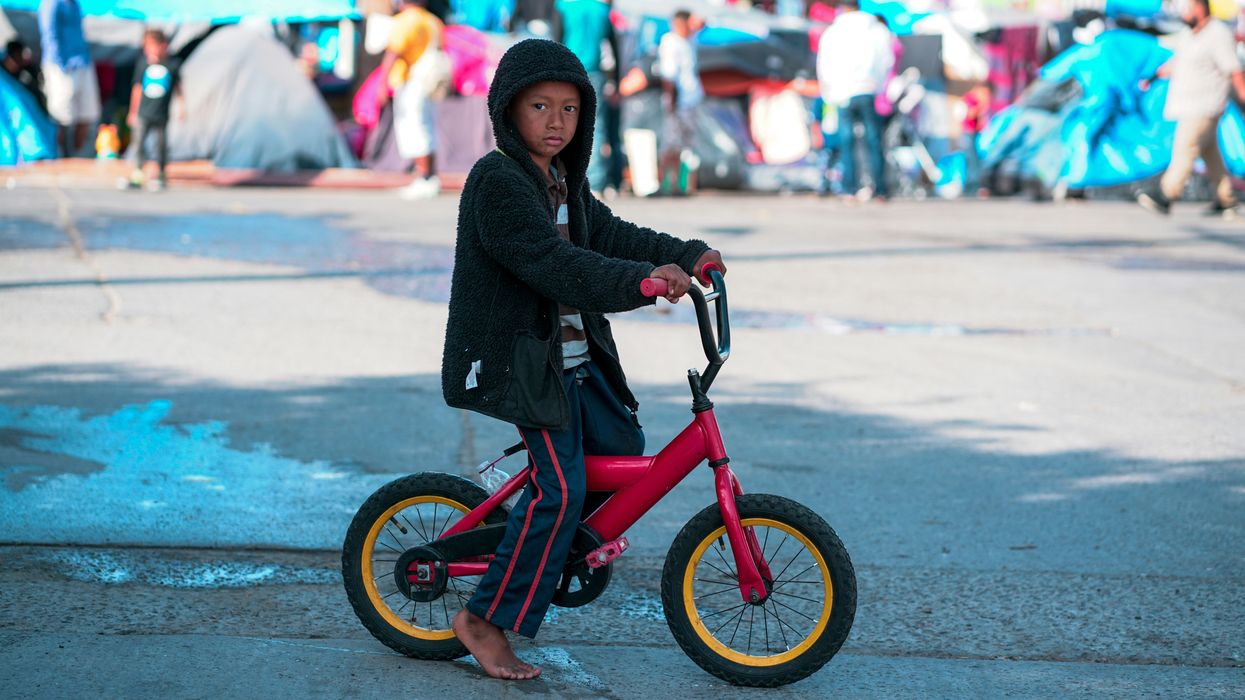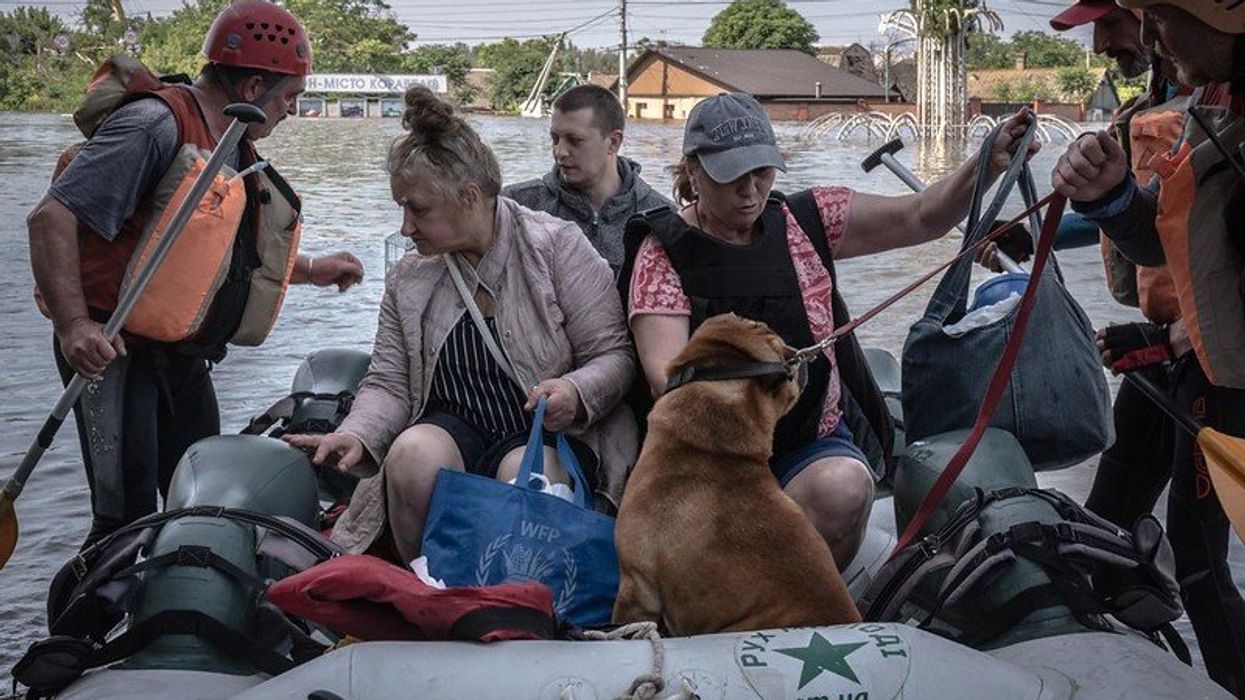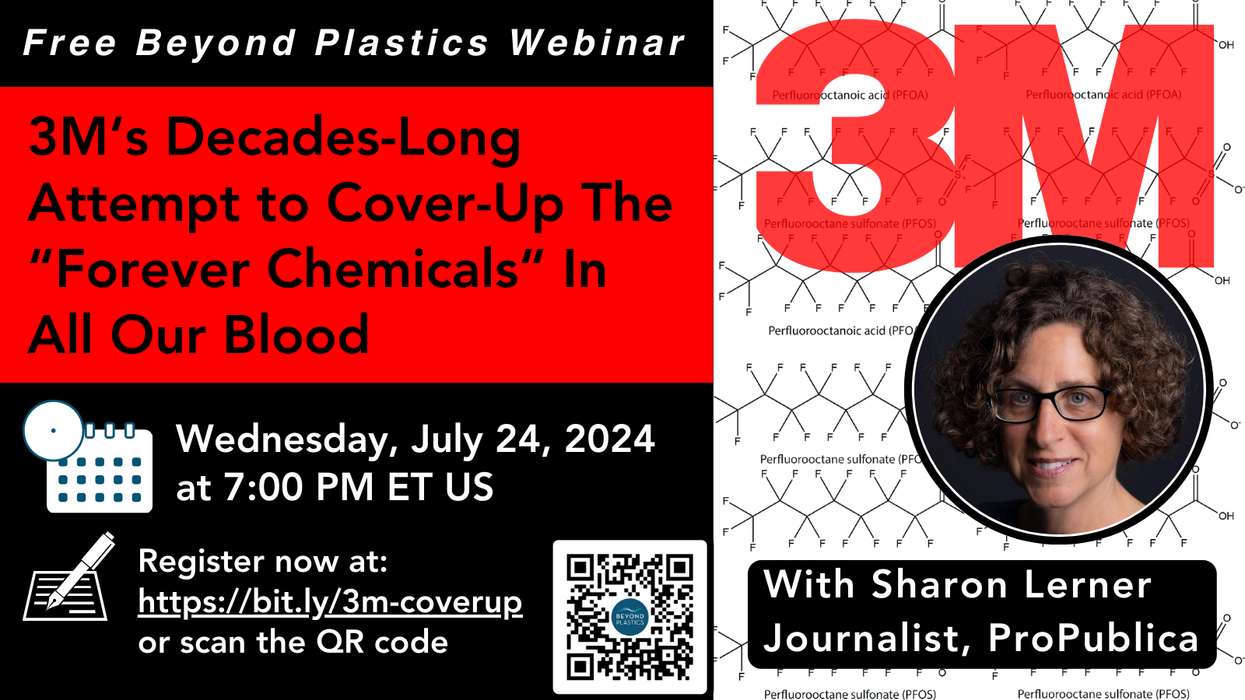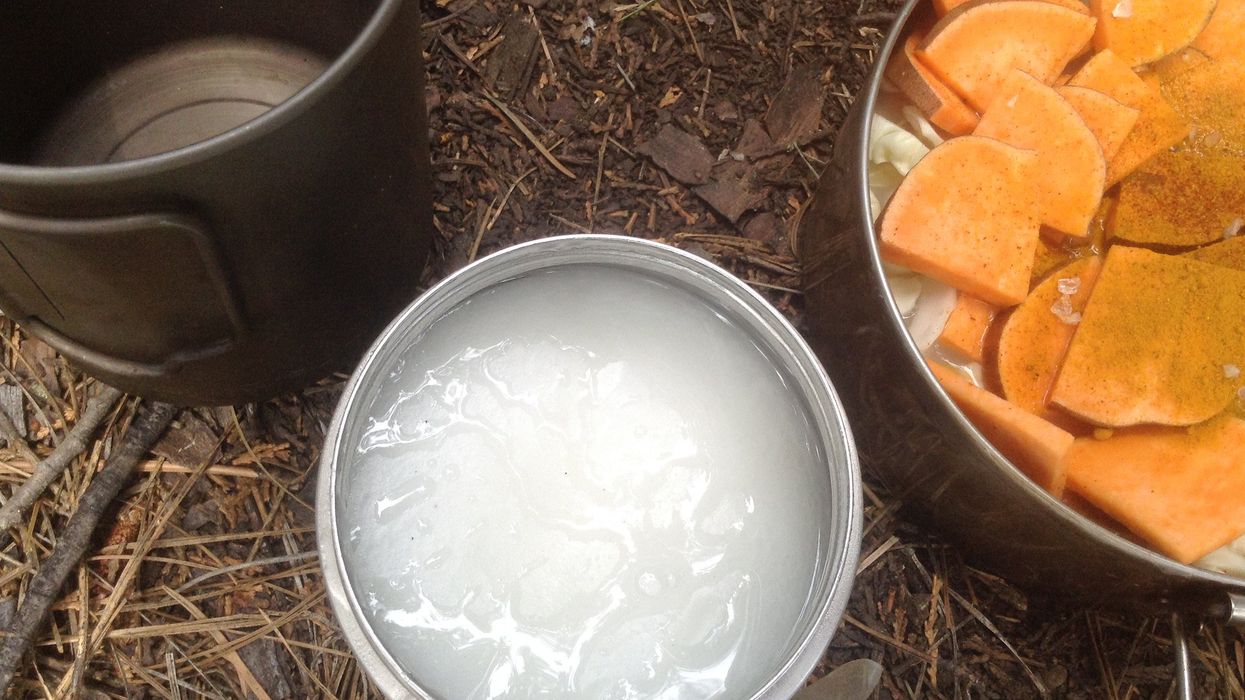Years later their stories still resonate with all of us, as many of these communities still face disproportionate impacts from pollution.
The Factory on the Hill: A California community copes with 5 refineries, 3 chemical plants and scores of toxic waste sites
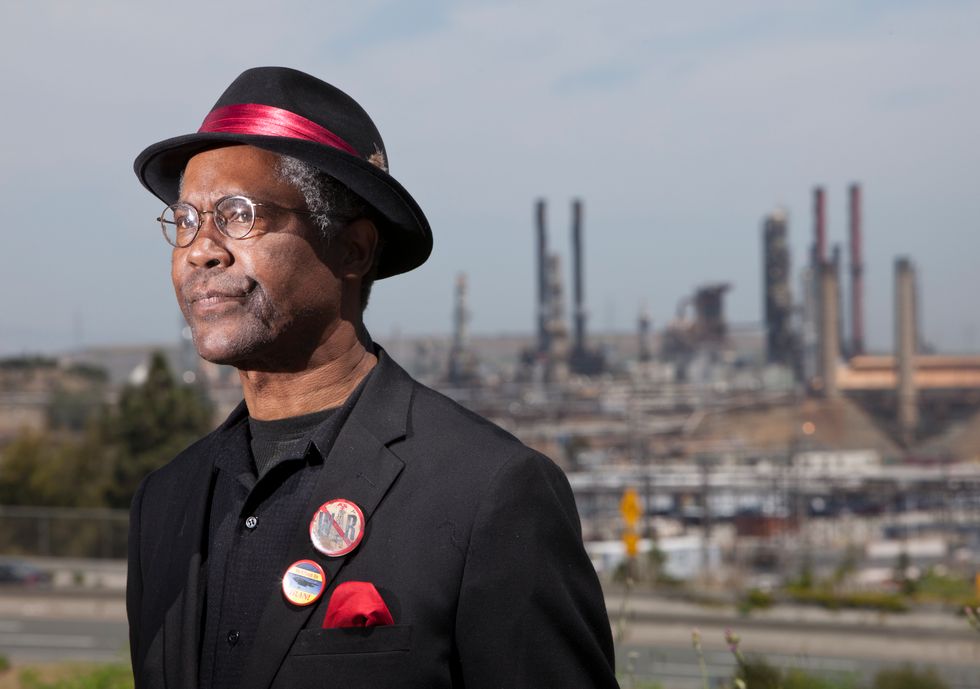
Henry Clark
From the house where he was born, Henry Clark can see plumes pouring out of one of the biggest oil refineries in the United States. As a child, he was fascinated by the factory on the hill, all lit up at night. In the morning, he'd go out to play and find the leaves on the trees burned to a crisp. "Sometimes I'd find the air so foul, I'd have to grab my nose and run back into the house until it cleared up," he said. During World War II, African Americans like the Clark family moved into the shadow of the refinery because they had nowhere else to go. Now they live within a ring of five oil refineries, three chemical plants, eight Superfund sites, dozens of other toxic waste dumps, highways, rail yards and a port. Low-income residents seeking affordable homes may save money on shelter, but they pay the price in health.
Read more here.
'We Are Richmond.' A beleaguered community earns multicultural clout
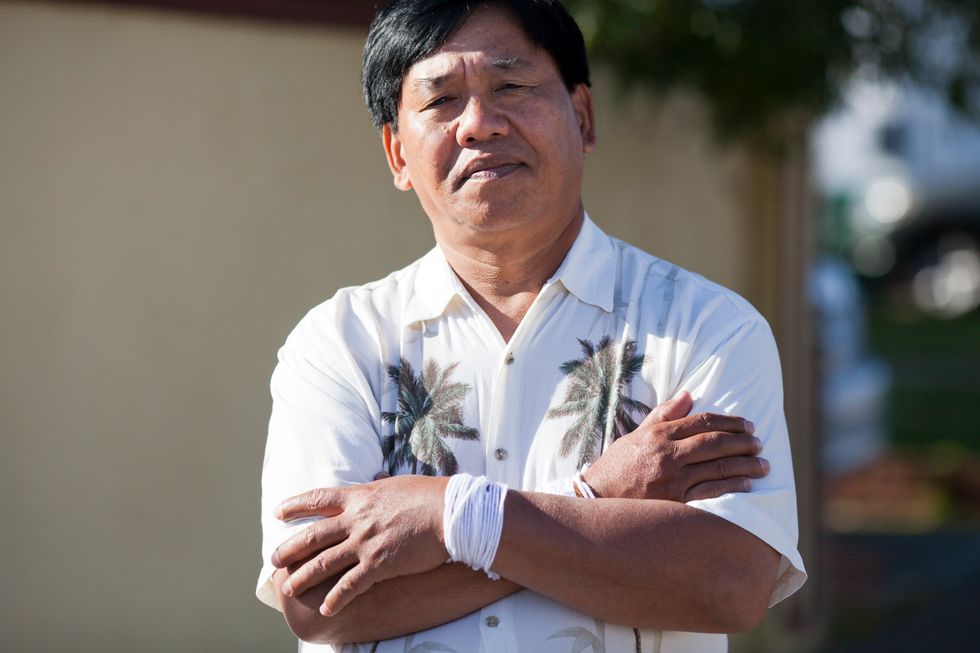
A dynamic, multi-cultural community is transforming its political climate from a polluted company town to a vanguard in the environmental justice movement. Its jumble of smokestacks and storage tanks overlooking a port is one of the most industry-dense areas in the San Francisco Bay Area, and one of the most beleaguered. But residents of Richmond have reached across racial and social divisions to achieve some of the nation's most transformative successes for environmental equity. The victories for these bulldoggish community activists have been piling up. "People have heard about Richmond," said organizer Jessica Tovar. "They want to know how Richmond was able to fight the oil industry. We're making a bigger impact than we know."
Read more here.
Stress + Pollution = Health Risks for Low Income Kids

It's long been known that children in poorer neighborhoods like ones in Worcester, Mass., are more likely to be exposed to lead, industrial emissions, vehicle exhaust and other contaminants. Now, scientists are beginning to suspect that these low-income children aren't just more exposed – they actually may be more biologically susceptible to pollutants, even at low levels. A growing body of research suggests that the chronic stressors of poverty may fundamentally alter the way the body reacts to pollutants, especially in young children. "It's like having the fight or flight response turned on all the time," said Rosalind Wright, a Harvard epidemiologist.
Read more here.
No beba el agua. Don't drink the water.
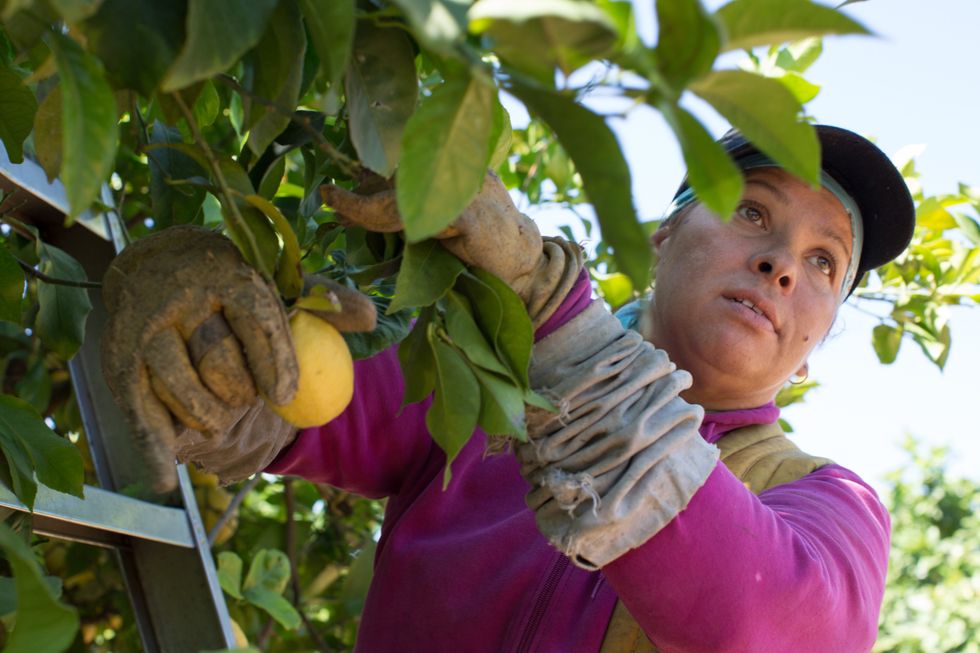
About 500 people, nearly all Latino farm workers, live in the long-neglected town of East Orosi with no sidewalks, street lights, parks, or playgrounds. Over half live below the poverty level. And like a growing number of Californians, they're paying for water that's not fit to drink. The poorest people in the state, mostly Latinos in Central Valley farm towns, have the worst water. "They think it's normal not to drink water from your tap, that it's normal to have to go buy bottled water. Part of our job is telling people, 'This is not normal,' " said Susana De Anda, co-founder of the Community Water Center.
Read more here.
Sacred Water, New Mine: A Michigan tribe battles a global corporation
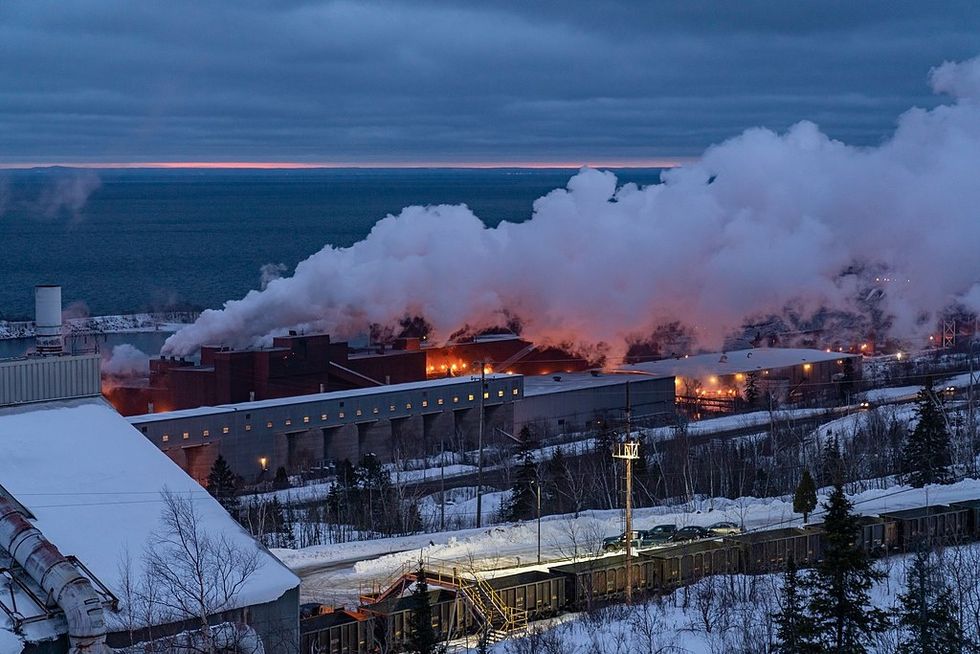
Ore mining plant on Lake Superior
Head in any direction on Michigan's Upper Peninsula and you will reach gushing rivers, placid ponds and lakes – both Great and small. An abundant resource, this water has nourished a small Native American community for hundreds of years. So 10 years ago, when an international mining company arrived near the shores of Lake Superior to burrow a mile under the Earth, the Keweenaw Bay Indian Community of the Lake Superior Band of Chippewa had to stand for its rights and its water. And now, as bulldozers raze the land and the tunnel creeps deeper, the tribe still hasn't backed down.
Read more here.
Dirty Soil and Diabetes: Anniston, Alabama's toxic legacy
The Rev. Thomas Long doesn't have any neighbors on Montrose Avenue in Anniston, Ala.. Everyone is gone, abandoning the neighborhood after widespread chemical contamination was discovered there in the 1990s. Long didn't want to move; he had lived in the same house for all but one of his 64 years. Now he is stuck. Stuck on a street with no neighbors. Stuck with a property he's convinced is unclean. And stuck with diabetes. As the EPA's cleanup of Anniston stretches into its eighth year, a new scientific study has linked the residents' PCBs exposure to diabetes. "Monsanto walked away not doing their job. They left a community still sick, still dying and very dissatisfied," Long said.
Read more here.
Falling into the 'Climate Gap': How poverty heightens the danger of climate change
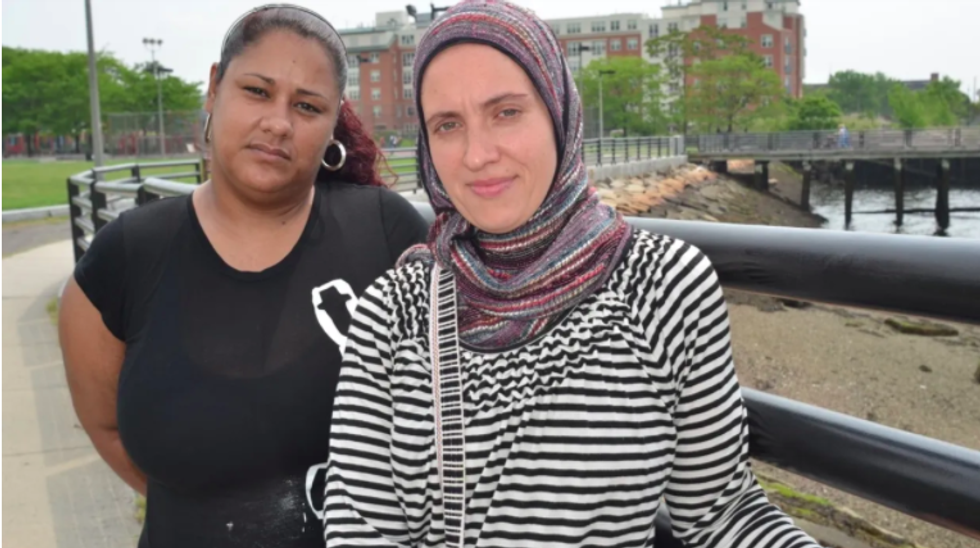
The Shore Plaza East apartments have a stunning skyline view across Boston Harbor. These could be million-dollar condos. But the buffeting winds and increasing threat of storm floods relegate the apartments to subsidized housing, reserved for the poor. It is a pattern repeated often, one that puts the poor in the crosshairs of climate change.
Read more here.
Asthma and the Inner City: East St. Louis children struggle with life-threatening disease
What is it about East St. Louis – and other poor, African American cities across the nation -- that leaves children with a disproportionate burden of respiratory disease? Is it the factories? The traffic exhaust? The substandard housing? For two decades, medical experts have struggled to unravel the mysterious connections between inner-city life and asthma, and while they have reached no conclusions yet, they suspect they know the answer: All of the above.
Read more here.
Birth of the Movement: A Q&A with two environmental justice pioneers
Warren County, N.C., 30 years ago: A Question and Answer session with two leaders of a battle that gave birth to the environmental justice movement. One of the poorest counties in North Carolina, Warren County drew national attention in the fall of 1982 when civil rights figures and religious leaders joined local residents trying to block construction of a landfill for PCBs-tainted soil. We talk with Deborah Ferruccio and Rev. Willie T. Ramey III, who were there at the beginning.
Read more here.
Bullard: Much of America has the wrong complexion for protection

African Americans are 79 percent more likely than whites to live in neighborhoods where industrial pollution is suspected of posing the greatest health danger. The effect is a society divided, literally and psychologically, by freeways, railroad tracks, landfills and hazardous-waste dumps. An essay from Robert Bullard, known as the 'father of environmental justice.'
Read more here.
Opinion: Fighting environmental racism in the name of charity and justice
Faith-based justice demands that religious communities acknowledge this emerging fact: Those who have been the least responsible for climate change will be the first ones affected. They also will have the least ability to cope with impending disasters, community displacement and economic hardship. Climate change will be the ultimate form of environmental racism, as it will affect communities of color and poverty first and most severely.
Read more here.
Opinion: Environmental policies must tackle social inequities
Tales of environmental injustices around the country provide strong evidence that chemical-by-chemical and facility-by-facility regulation is inadequate to protect public health. Even today, 30 years after the birth of the environmental justice movement, the burden of proof still is placed on communities to demonstrate hazards and push for action. This needs to change.
Read more here.
Additional Coverage
The Prequel: a related story originally published by EHN in October 2011
Toxic tour: Southern California neighborhoods struggle with heath issues related to traffic pollution
The nation's top environmental health official visited the Los Angeles/Long Beach harbor area to witness first-hand how communities are struggling with health issues related to pollution. "Los Angeles has its share of health problems and we suspect many of them are environmentally related," said Linda Birnbaum, director of the National Institute of Environmental Health Sciences. Several times a year, Birnbaum visits communities – many in low-income, minority areas – where federal research dollars are spent to study pollutants and human health.
Read more here.
Columbia Journalism Review discusses EHN's series.
A number of media reports in last year have examined the impacts of toxic pollution on communities, but few have emphasized, let alone focused on, the fact that low-income, minority neighborhoods tend to bear the brunt of the burden. That changed when the website EHN launched a special series about environmental justice – the notion that no one should have to put up with a disproportionate amount of risk because of their socioeconomic status.
Read more here.












